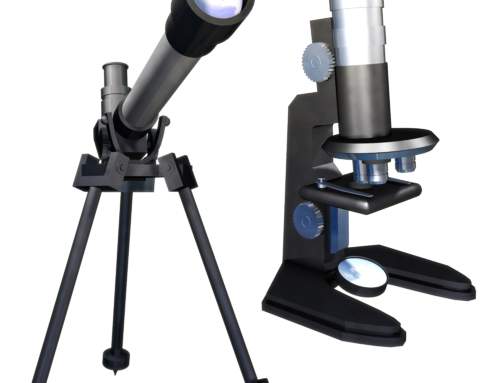“Seek first to understand, then to be understood.” – St. Francis of Assisi
When we communicate with others we focus so much on our point of view we don’t fully understand the other person’s point of view.
Why does this matter?
- You are more likely to achieve your goal for the conversation if you first understand the other person’s point of view.
- You can better communicate your point of view when you understand theirs
- You many learn something you didn’t know that will change what you want to communicate
If you are drilling a well to get water, you are better off with 1 hundred-foot hole than with 100 one-foot holes.
Do – in a conversation
- Be curious about why they feel the way they do
- Ask follow up questions – The most important information is rarely the first response to a question. If you are drilling for water, you are better off with 1 hundred foot hole than with 100 one foot holes.
- Clarify – Words have different meanings to different people.
- Wait patiently for a response to your question – If you’ve asked a good question, the other person may need a few moments to think about how to answer. Don’t disrupt the silence by throwing out a few options for the other person to choose from. Wait and listen not only to their words, but their tone, speed and body language.
- Always yield the conversation – If you both start talking at the same time, always say, “No. You go first.” You’ll get your turn, but there is no telling what you might learn by listening first.
Don’t – in a conversation
- Finish people’s sentences – It’s rude and what they say may surprise (and inform) you.
- Prepare your rebuttal instead of truly listening
- “Lead the witness” – Your questions are not to lead someone to your conclusion but to truly understand their position (especially early in the conversation).
- Turn a good open-ended question into multiple choice – see “wait patiently” above.
- Hurry – It takes time to fully understand someone’s position. Full understanding usually saves time later on.






